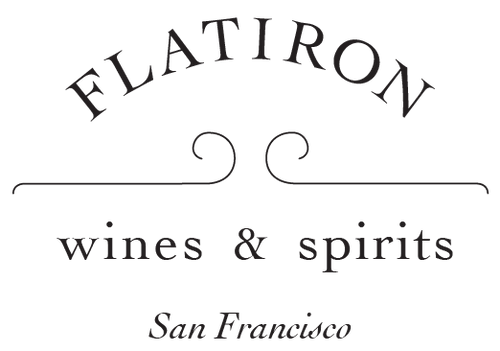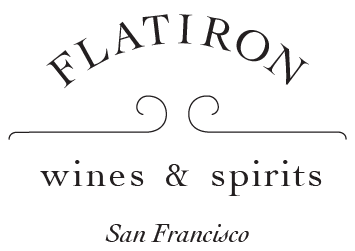
Taste the Top Trends in Beaujolais
No wine region is more exciting right now than Beaujolais.
The Revolution unleashed by Jules Chauvet and his acolytes has spread far and wide. But no region has produced a more dynamic crop of young natural producers than Beaujolais. That said, Beaujolais’ thrills don’t end with natural wine. The region is on the forefront of many of the most exciting trends in wine.
And the world of wine is richer for it.
Here are our top recommendations based on the trends we’ve seen in Beaujolais winemaking.
Trend #1: Outsiders, insiders and the explosion of conscientious experimentation
Some of Beaujolais’ up-and-coming stars already have established names: Lapierre, Foillard, etc. Indeed, all four of Morgon’s famous “gang” now have kids in the game. Siblings, Mathieu and Camille Lapierre, have taken over at Marcel’s domaine. They are a good example of how the next generation is building on what their parents built.
Marcel Lapierre, Morgon, 2018
Trend #2: Beaujolais Keeps Leading: Natural Wine, No Longer Niche
New growers build on what came before without being beholden to it. They are not dogmatically attached to any pre- or proscriptions. But they do have the same spirit as the earlier generation and follow the same path that lay at the movement's roots: the attention to detail in the vines and winery, the privileging of terroir, the attempt to rely as much as possible on healthy fruit and as little as possible on industrial techniques that make for fine -- but homogenous -- wine. They push and experiment and take risks, all with the aim of making great wines that reflect their little piece of earth.
Anne Sophie Dubois is, again, a great example. She follows many of Chauvet’s principles -- but not all of them and not all the time. She’s found herself some old vines, which she farms organically. She harvests ripe, healthy fruit and ferments it without manipulations following it meticulously (using the microscopic analysis Chauvet invented -- you can see photos on her website). But she trained in Burgundy and her most famous cuvees are completely destemmed -- ignoring Chauvet’s fondness for carbonic maceration.
Anne-Sophie Dubois, Fleurie "Les Labourons", 2017
Trend #3: Single-vineyard wines
Single-vineyard wines aren’t exactly new to Beaujolais. Foillard’s Cote du Py is a classic example. And there are plenty of great, under the radar examples. Chignard’s Fleurie, “Les Moriers,” has been available in NY for years, quietly showing us exactly what Fleurie from the Moulin a Vent side of things tastes like.
But the number of producers offering single-vineyard bottlings has gone up, as has the number of single-vineyard wines those growers tend to offer. While it may be a trend Foillard started -- he has, over the years, added four more single cru wines to his list -- it’s something you can see now, far and wide.
Jean Foillard, Morgon Cote du Py, 2018 (1.5L)
Trend #4: Dealing with Global Warming
Anyone who loves wine knows the world is heating up. It’s affecting vineyards everywhere, from South America to the Mosel -- and Beajolais isn’t immune. Fortunately Beaujolais’ innovative, hard-working growers have (so far) been able to find ways not only to survive but even to thrive in the face of the changing climate.
Preserving old vines (as Chauvet taught) helps, since old vines have deep roots that find water even in drought years. And minimizing chemical interventions in the vineyard, part of the sork of preserving healthy, biologically active soils, also helps to preserve moisture and make the vines resilient. Carbonic maceration can help preserve freshness.
Julien Sunier, Regnie, 2018
Trend #5: More -- And More Diverse -- White and Rosé Beaujolais
Beaujolais is and always has been mostly a red wine region. But as we noted in our intro post, it also has amazing terroir for both white and pink wines. So, not surprisingly, it is home to some gorgeous examples. And people are taking notice: rosé sales alone are up 35% in the last four years.
Chateau Thivin, Beaujolais Blanc Clos de Rochebonne, 2018
Visit our blog to read more about these trends and the FUTURE of Beaujolais.

